I have been eager to get to Transylvania, and not just because of the vampire folklore that is, in many cases, incorrectly attributed to this central region of Romania.
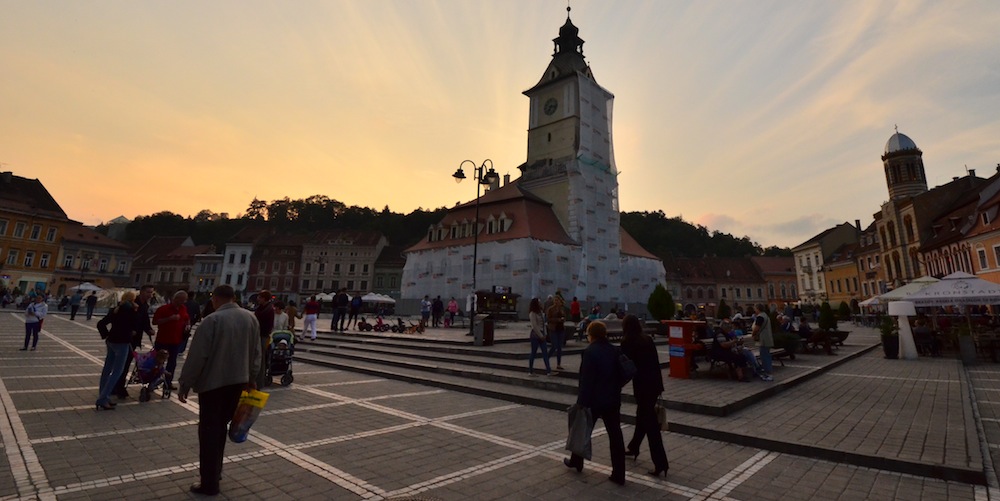
I passed through Transylvania during my 30-hour train ride from Paris and, upon arriving in cold, Communist-inflected Bucharest, ached to get back to the mountainous, wooded region that had teased me out the window.
The truth is that Transylvania is anything but creepy, and I say that having visited a castle that may have belonged to the medieval Romanian ruler associated with the legend of Dracula. It’s nonetheless one of the most alluring places I’ve ever visited as if I’m under some kind of spell.
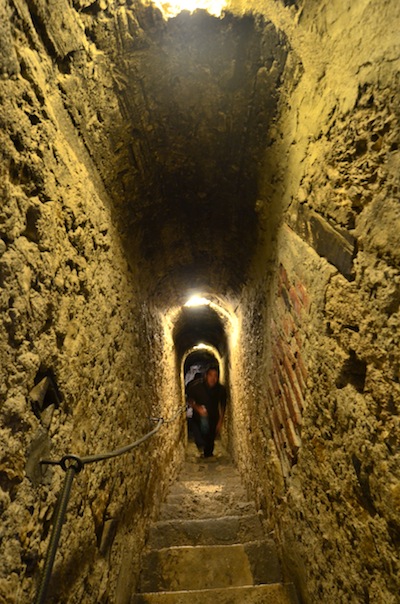
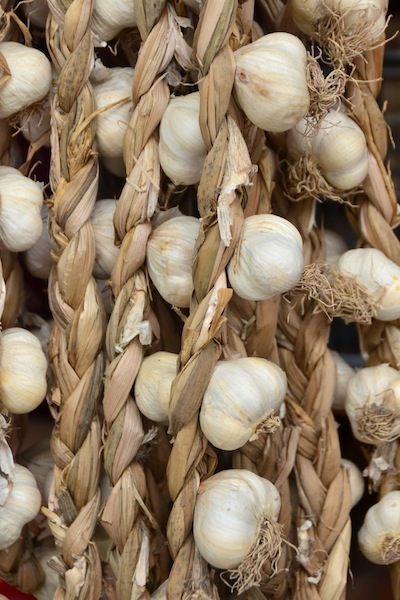
Upon arriving in Brasov, Transylvania’s largest city, I was initially confused as to why so many fellow travelers had recommended I use Brasov as a hub for my travels in Transylvania: Communist-era housing blocs, not unlike those in Bucharest, dominate large swaths of Brasov.
Unlike Bucharest, however, Brasov has a well-preserved old city – and, for what it’s worth, a “Hollywood”-style sign erected on the mountains that loom above it – which makes you forget all about the unfortunate Communist period, and takes you back hundreds of years in a single breath.
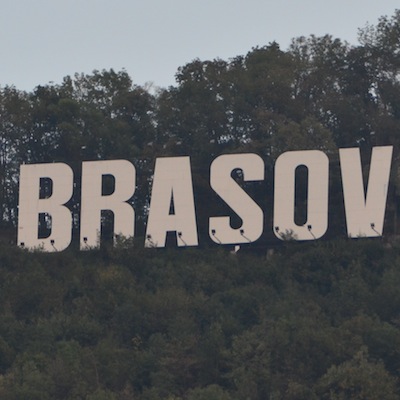
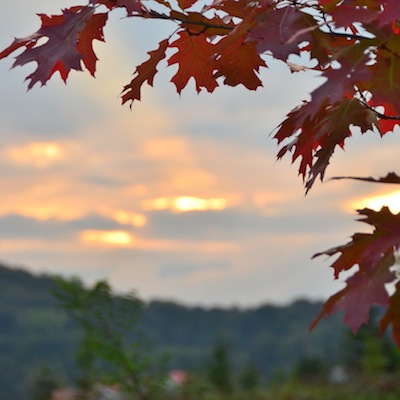
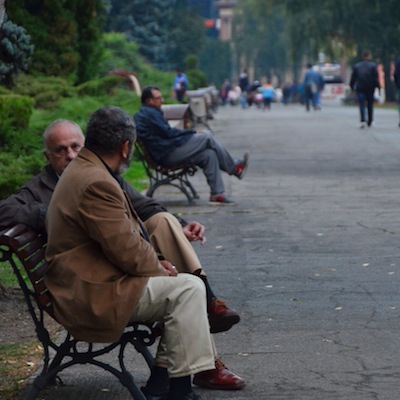
Brasov’s appeal is more than just visual, too. There’s something extremely calming about the energy here, which makes you want to stay for a few days. Brasov’s proximity to several other attractions in its immediate vicinity makes this a convenient option, and not just one that makes you feel good!
The most ubiquitous of these is Bran Castle, which is marketed as the “home of Dracula.” This is inaccurate in many ways, which says nothing of how decidedly un-creepy the castle is these days, more than 800 years after a structure was first built atop the hill.

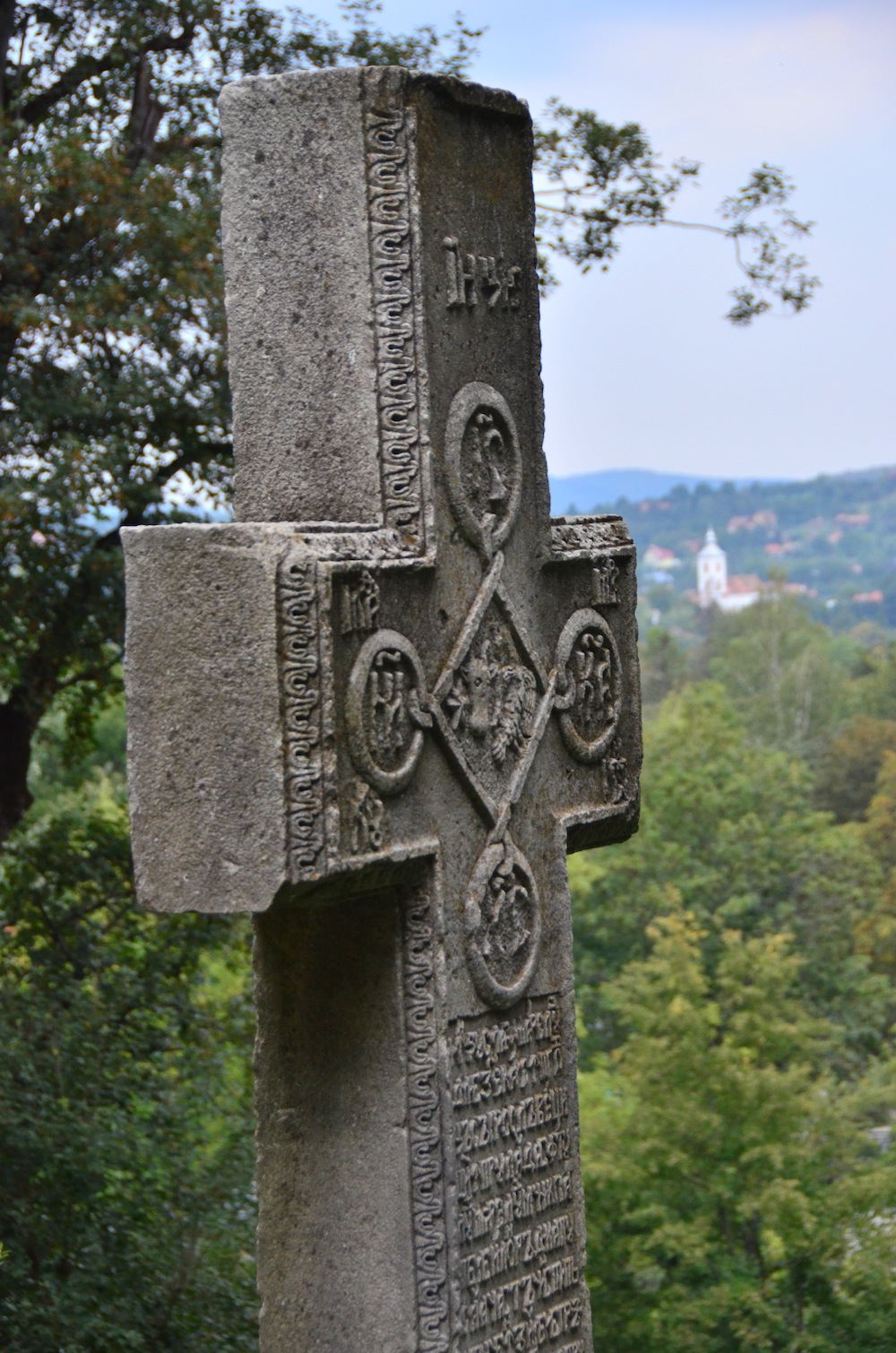
“It’s only a castle of terror for village kids,” a local man I met on the bus from Brasov to Bran, which takes about an hour, laughed. “Or I guess if you were one of the Turkish invaders Vlad (the Impaler, a Romanian ruler to which the Dracula character is attributed) ass-raped with a metal pole.”
Another Transylvania day trip from Brasov takes you to the city of Sighisoara, whose citadel, a 12th century Saxon fortification, is a UNESCO World Heritage site. Like that of Bran (although to a less conspicuous extent), Sighisoara’s marketing plays the Dracula card, although Sighisoara has a lot more going for it.
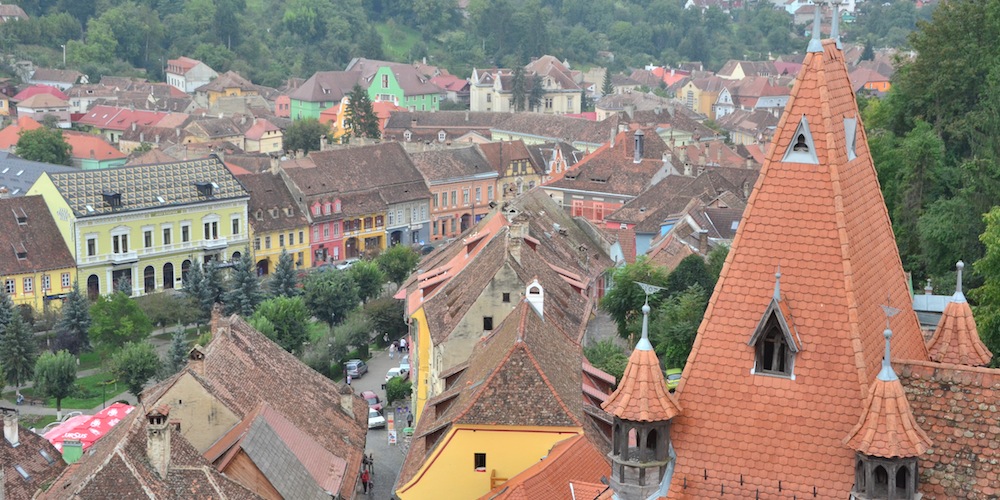
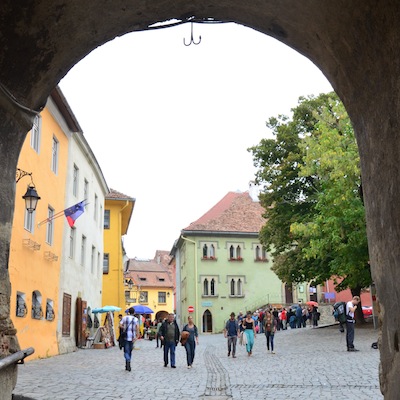
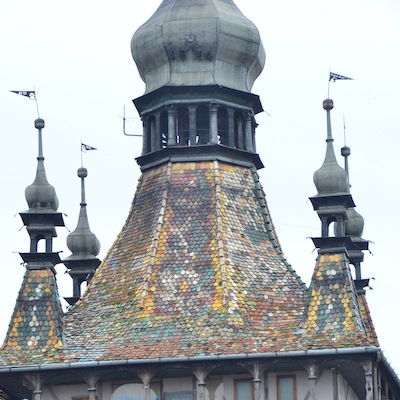
Upon scaling the citadel, which is just a short walk from Sighisoara’s modern center, climb up the 64 meter high clock tower, which dates back to the 13th century, for a panoramic view of the city and its surrounding hills. Even if the weather is gloomy, as it was when I was there, you’ll be much more charmed than creeped out.
To be sure, the sun decided to come out after I went up the strange “covered staircase” to a huge cemetery, which would’ve been a bit unnerving had it still been dark and dreary, but seemed almost beautiful on account of the shadows cast by the tombstones.
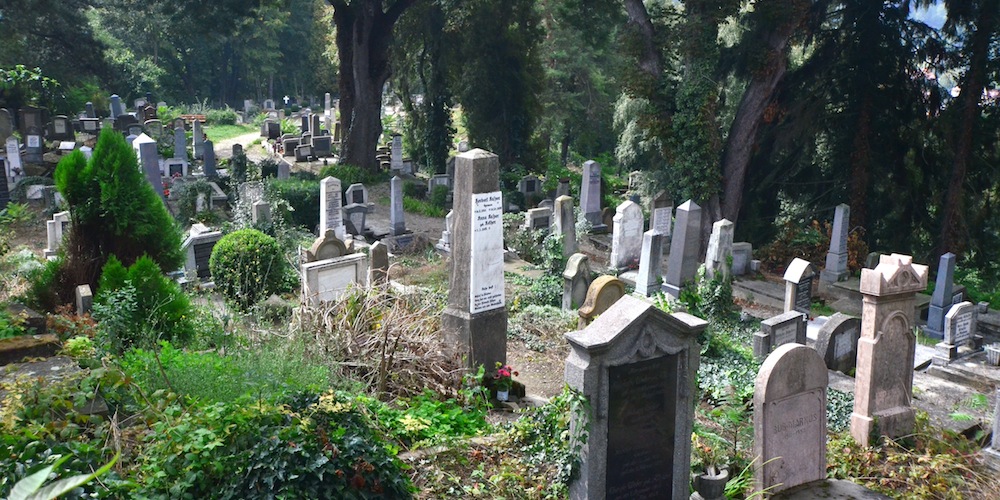
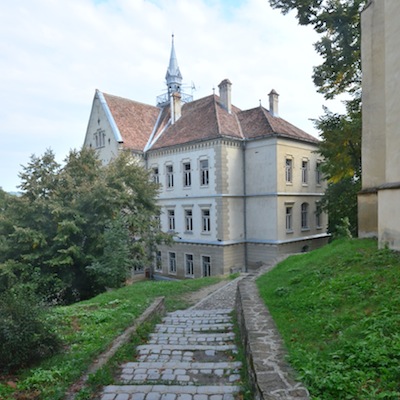
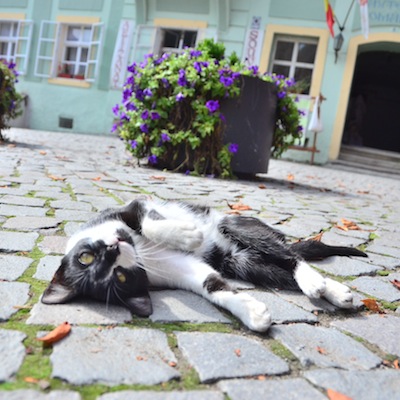
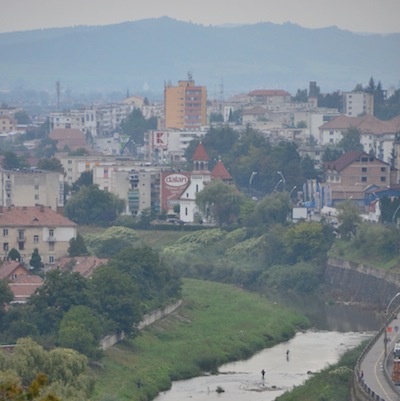
I’m actually headed even deeper into Transylvania today, to the city of Sibiu, so I could end up eating my words RE: Transylvania not being scary. But I have a feeling that I’ll have only beautiful pictures, and not vampire bite wounds, to share with you upon returning.

Robert Schrader is a travel writer and photographer who’s been roaming the world independently since 2005, writing for publications such as “CNNGo” and “Shanghaiist” along the way. His blog, Leave Your Daily Hell, provides a mix of travel advice, destination guides and personal essays covering the more esoteric aspects of life as a traveler.








